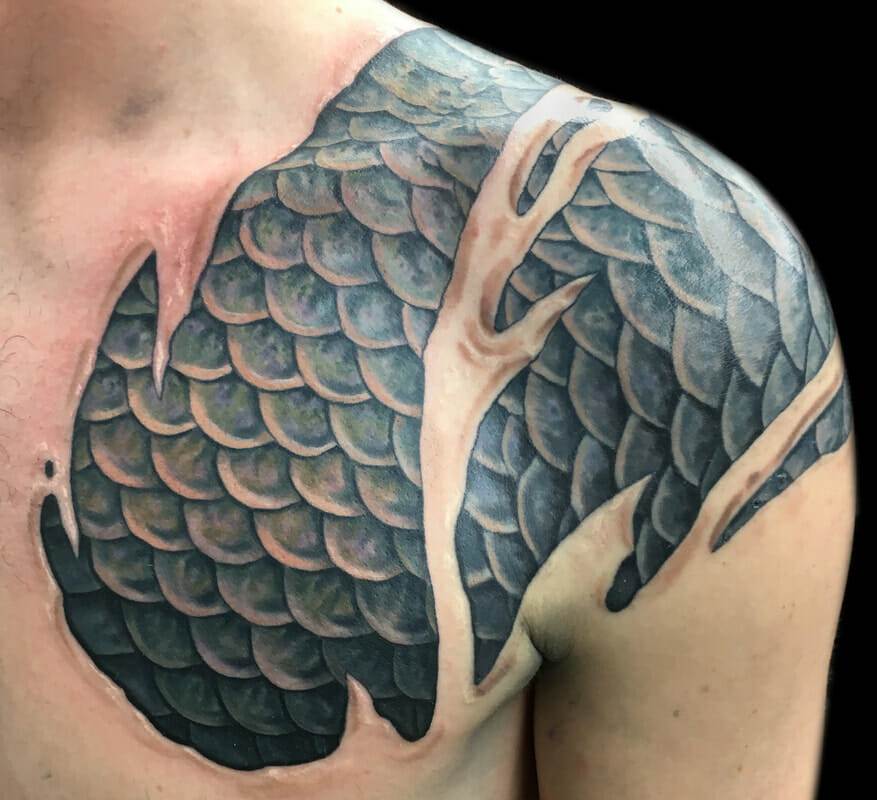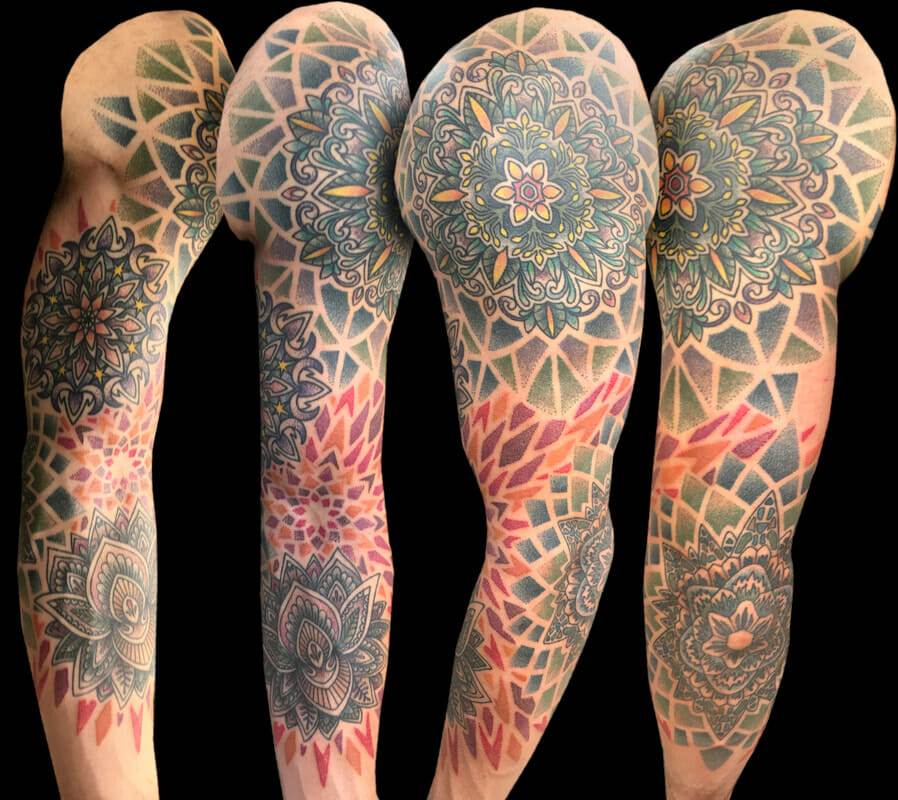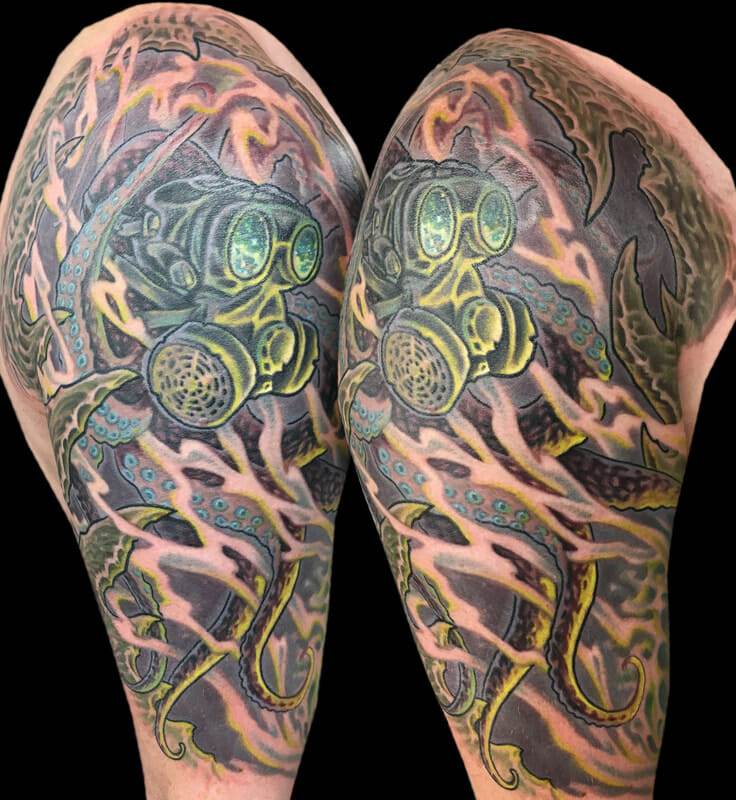Tattoos have long been recognized as a powerful form of self-expression and personal narrative. They serve as a visual representation of one’s experiences, beliefs, and emotions, allowing individuals to tell their stories through ink. Whether it’s a small symbol with deep meaning or a full sleeve depicting a life journey, tattoos have the ability to capture and convey personal narratives in a unique and impactful way.
A Brief History of Tattooing and its Evolution as an Art Form
Tattooing has a rich history that dates back thousands of years. The practice can be traced to ancient civilizations such as the Egyptians, Greeks, and Romans, where tattoos were used for various purposes including religious rituals, social status, and identification. In Polynesian cultures, tattoos were seen as a rite of passage and were used to tell stories of bravery and achievements.
Over time, tattooing has evolved from its traditional roots to become a respected art form. In the 20th century, tattooing gained popularity among sailors and soldiers, who would get tattoos to commemorate their travels or military service. This led to the development of traditional tattoo styles such as American Traditional and Japanese Traditional, which are still widely recognized today.
In recent years, tattooing has experienced a renaissance as contemporary artists push the boundaries of the art form. With advancements in technology and techniques, tattoo artists are able to create intricate designs and realistic portraits that were once unimaginable. This evolution has allowed for even more complex storytelling through tattoos.
The Power of Tattoos in Capturing Personal Narratives
Tattoos have a unique ability to capture personal narratives and memories in a way that words alone cannot. Each tattoo tells a story, whether it’s a simple symbol that represents a significant event or a detailed scene that depicts an entire life journey. These visual representations serve as reminders of important moments, people, or beliefs in an individual’s life.
The act of getting a tattoo can also be a deeply emotional and psychological experience. For many, the process of getting a tattoo is cathartic and allows them to process and heal from past experiences. Tattoos can serve as a form of therapy, helping individuals to express their emotions and find closure. They can also act as a source of empowerment, allowing individuals to reclaim their bodies and tell their own stories.
The Role of Tattoo Artists in Crafting Stories through Ink
Tattoo artists play a crucial role in the storytelling process. They are not only skilled technicians but also artists who have the ability to translate their clients’ stories into visual form. A talented tattoo artist understands the importance of capturing the essence of a story and translating it into a design that is both aesthetically pleasing and meaningful.
To effectively tell stories through ink, tattoo artists must possess a range of skills and techniques. They must have a deep understanding of composition, color theory, and anatomy to create visually appealing tattoos. Additionally, they must be able to listen and communicate effectively with their clients to ensure that their vision is accurately translated onto the skin.
The Importance of Collaboration between Tattoo Artists and Clients
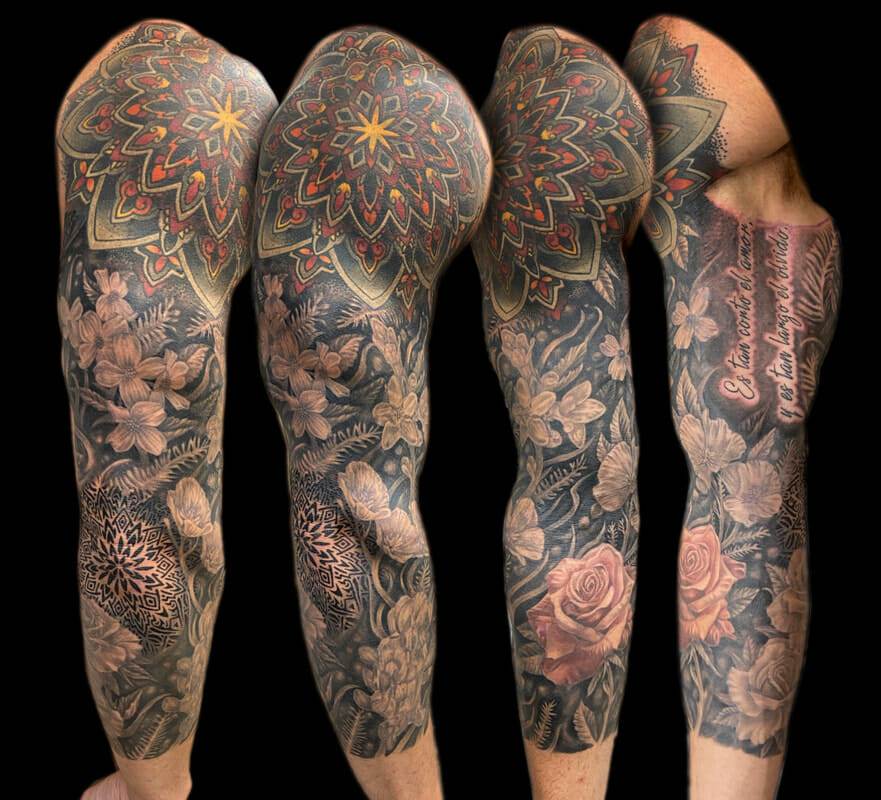
Collaboration between tattoo artists and clients is essential in creating meaningful tattoos. The process of getting a tattoo is deeply personal, and it is important for the client’s voice to be heard throughout the design process. Tattoo artists should actively listen to their clients’ stories, ideas, and preferences to ensure that the final design accurately represents their narrative.
Communication and trust are key elements in the collaboration between tattoo artists and clients. Clients should feel comfortable expressing their desires and concerns, while tattoo artists should provide guidance and expertise to bring those ideas to life. This collaboration ensures that the final tattoo is not only visually appealing but also deeply personal and meaningful to the client.
The Use of Symbolism and Imagery in Tattoo Storytelling
Symbolism and imagery play a crucial role in tattoo storytelling. Tattoo artists use these elements to convey meaning and emotion in their work. Symbols can represent a wide range of concepts, from love and strength to loss and rebirth. By carefully selecting symbols that resonate with their clients’ stories, tattoo artists can create tattoos that are rich in meaning and evoke powerful emotions.
Imagery is another important tool in tattoo storytelling. Whether it’s a realistic portrait or an abstract design, the imagery chosen for a tattoo can greatly impact its narrative. Tattoo artists use their artistic skills to create visually stunning tattoos that capture the essence of their clients’ stories. The use of color, shading, and composition all contribute to the overall impact of the tattoo.
The Influence of Cultural and Traditional Tattoos in Storytelling
Cultural and traditional tattoos have a significant influence on storytelling through tattoos. These tattoos often carry deep cultural and historical meanings, serving as a way to preserve heritage and traditions. For example, Maori tattoos, also known as moko, are rich in symbolism and tell the story of an individual’s ancestry and social status.
Incorporating cultural and traditional elements into storytelling tattoos allows individuals to connect with their roots and honor their heritage. These tattoos serve as a visual representation of cultural identity and can be a source of pride for many. They also provide an opportunity for cultural exchange and understanding, as individuals from different backgrounds can learn about each other’s traditions through the art of tattooing.
The Rise of Narrative Tattoos in Pop Culture
Narrative tattoos have gained significant popularity in pop culture in recent years. Celebrities and influencers have played a major role in popularizing this trend, using their tattoos to tell their own stories and inspire others to do the same. From meaningful quotes to portraits of loved ones, narrative tattoos have become a way for individuals to share their personal journeys with the world.
The rise of narrative tattoos in pop culture has also led to a greater acceptance and appreciation for tattoos as a legitimate art form. Tattoos are no longer seen as taboo or rebellious, but rather as a form of self-expression and personal narrative. This shift in perception has allowed for more diverse and creative storytelling through tattoos.
The Emotional and Therapeutic Benefits of Storytelling Tattoos
Storytelling tattoos offer emotional and therapeutic benefits to individuals. The act of getting a tattoo can be a cathartic experience, allowing individuals to process and heal from past traumas or difficult experiences. Tattoos can serve as a form of therapy, providing a sense of closure and empowerment.
Tattoos also have the power to remind individuals of their strength and resilience. They can act as constant reminders of personal growth and overcoming challenges. For some, tattoos serve as a source of comfort during times of distress or sadness. The visual representation of their story on their skin can provide solace and remind them of their own inner strength.
The Future of Storytelling Tattoos: Technology and Innovation
The future of storytelling tattoos holds great potential for technology and innovation. Advancements in tattooing technology have already allowed for more intricate designs and realistic portraits. However, there is still much room for growth and exploration in this field.
One area of innovation is the use of augmented reality (AR) in tattoo storytelling. AR tattoos would allow individuals to scan their tattoos with a smartphone or tablet, revealing additional layers of storytelling through digital imagery or animations. This would add a new dimension to the art form, allowing for even more complex narratives to be told.
Another area of potential growth is the use of biometric ink that changes color or pattern based on the wearer’s emotions or physical state. This would allow tattoos to become even more dynamic and responsive, reflecting the wearer’s current state of being. These advancements in technology have the potential to revolutionize the art of storytelling through tattoos.
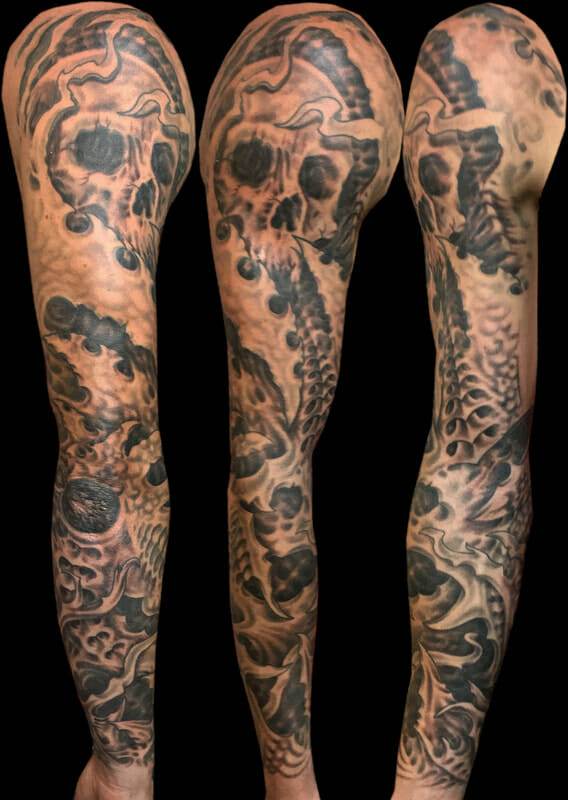
The Enduring Significance of Tattoos in Storytelling
In conclusion, tattoos have a timeless and enduring significance as a form of storytelling and self-expression. They have evolved from their traditional roots to become a respected art form, capable of capturing personal narratives in a unique and impactful way. The collaboration between tattoo artists and clients, the use of symbolism and imagery, and the influence of cultural and traditional tattoos all contribute to the power of tattoos as a storytelling medium.
Tattoos have the ability to evoke powerful emotions, provide therapeutic benefits, and serve as constant reminders of personal growth and resilience. As technology continues to advance, the future of storytelling tattoos holds great potential for innovation and new possibilities. However, no matter how tattoos may evolve, their enduring significance as a form of storytelling will remain.

